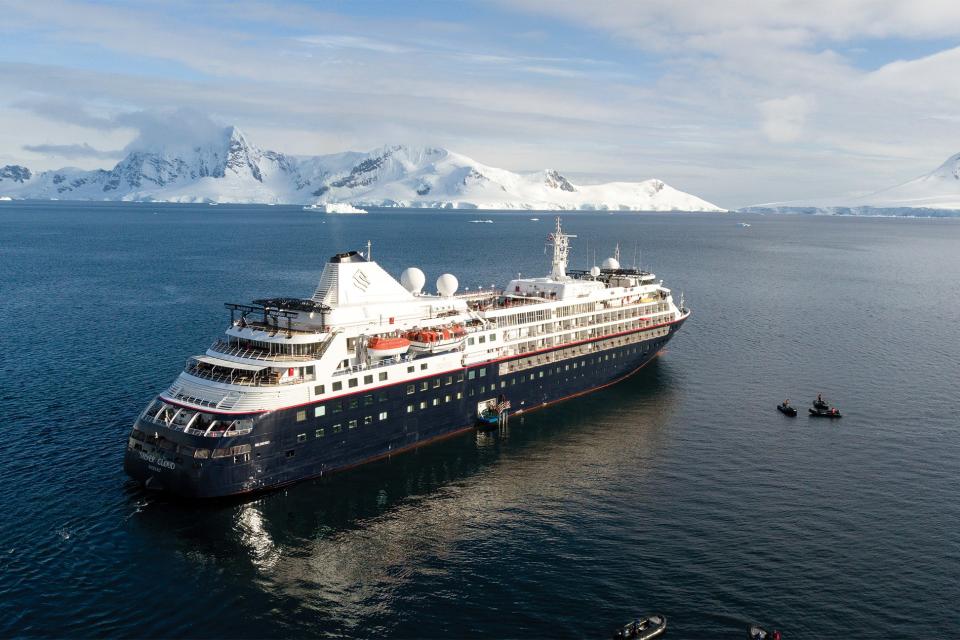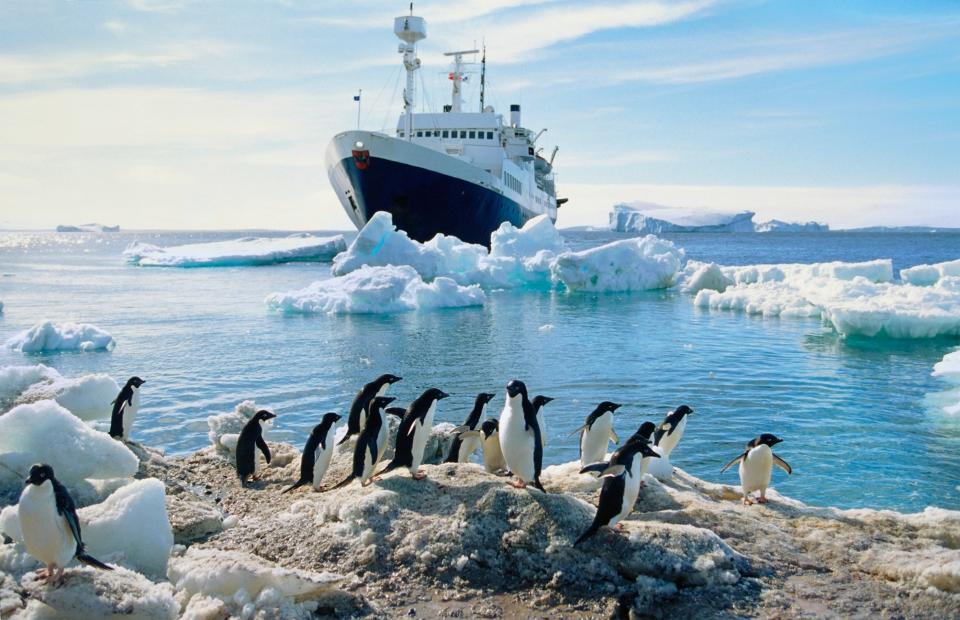Now Is the Time to Go to Antarctica
Few travel destinations on the planet have the cachet that Antarctica carries. It is, for Chrissakes, the bottom of the earth. “It’s the most pristine atmosphere in the world,”says Stefan Kredel, a geologist, paleontologist, and expedition leader for Silversea Cruises who’s been traveling to Antarctica every year since 1998. “No matter how many times you go, there’s always a story you can see. It’s kind of an addiction.” The world’s southernmost continent isn’t part of any country, and thanks to strict regulation by the International Association of Antarctica Tour Operators (IAATO), Antarctica has remained epically majestic even as tourism has exploded in the last thirty years.
The moment you lay eyes on the continent will stay with you forever. “It has been a long time since I first deployed to Antarctica, but I still recall that almost cinematic feeling of watching the ramp of an LC-130 cargo plane drop and the ice sheet and mountains slowly coming into view through the cargo door,” says Peter T. West, spokesman for the National Science Foundation’s Office of Polar Programs. “Much brighter than I expected because of all the reflected light, but not as cold—at the coast—as I expected it to be.”
Actually, this is the best—and least cold—time of year to visit. It’s summer in Antarctica. The sun literally never sets at the South Pole this season (although you’ll be spared that bizarre sensation if you’re just hitting the Antarctic Peninsula). Here’s what you need to know before you go.
When (and how) to get there
Unless you’re heading down to one of the Antarctic research bases to work, the only way to get to the continent is on a (relatively small) cruise ship during the November through March cruising season. These aren’t your standard big box, amusement park-style cruises. In 2011, IAATO banned the use and carriage of heavy fuel oil, which stopped giant cruise ships from making the voyage and cut the number of visitors to the continent dramatically. What’s left are ice-class ships with less than 500 passengers on board that are capable of cutting through the frozen elements and turbulent ocean (more on that later). So far, this has meant that travel experiences remain intimate, instead of turning into Disneyland down there even though tourism is on the rise. Cruising options run the gamut from rugged to luxurious—but you’ll want to pick a cruise line with a reliable Antarctic history. Silversea has been running ships to Antarctica for a decade, and is the most James Bond option on the market. Their ships are part luxury hotel, part high-tech adventure vessel, complete with an on-board staff of experts ranging from marine biologists, anthropologist, and ornithologists there to answer your every question about Antarctica. (There is one alternative: writers and artists can apply to go to Antarctica on a grant by the National Science Foundation.)
Since you’re likely taking off from South America, begin your Antarctic adventure with a few days in Buenos Aires. Climate-wise, this is the best time of year to visit the “Paris of South America.”Mandatory dinner spots include, but aren’t limited to, Francis Mallmann’s romantic Patagonia Sur, contemporary Jewish standout, Mishiguene, and Niño Gordo, an Asian restaurant that manages to be both highly Instagrammable and incredibly delicious. For lunch there’s Don Carlos, or Carlito’s, in La Boca. There’s no menu at the more than 40-year-old haunt run by Carlos Zinola, his wife, Marta, and daughter, Gaby. Guests sit down and enjoy a sort of Italian-Argentine omakase experience that involves dishes like handmade pasta, steak, fried cheese, and ricotta cake.
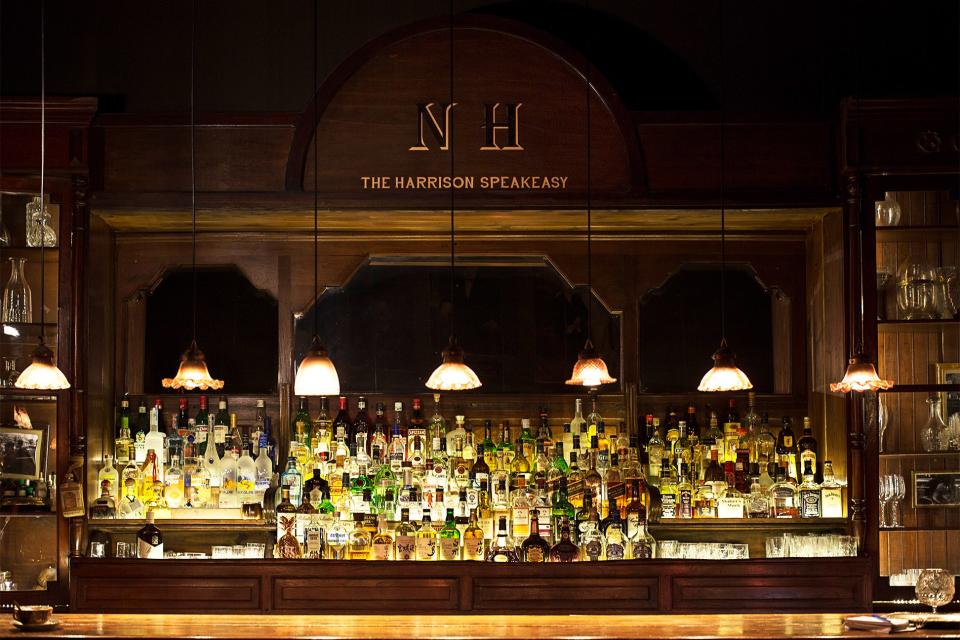
Deep in the night (you’re not eating dinner in Buenos Aires before 9 or 10 pm), the speakeasies come alive in Argentina’s capital city. Sneak into The Harrison (accessible through the host stand at Nicky New York Sushi by asking to see the wine library), or Floreria Atlantico, hidden within a flower shop, or Anasagasti, a beautiful cocktail spot inside of a Palermo mansion.
What to pack
Kredel says the most common mistake travelers venturing to Antarctica make is not following gear packing advice. “They underestimate the environment,” he says. Sometimes you get blue skies and temperatures warmer than a standard winter’s day in Minneapolis. But the weather in Antarctica can change for the much, much worse in a matter of minutes. That means layering is going to be your best bet for Antarctic survival.
Kredel recommends dressing like an onion, so you can peel back layers when needed. Pack base layer tops and bottoms like thermal underwear to wear below fleece or wool sweaters and sweatpants. On top of that you’ll need waterproof gear to protect yourself against snow, rain, and boat ride splash, including a hardcore parka. Lululemon makes a wind-and waterproof, 600-fill-power goose down-insulated Cold City Parka that has a waist seal and insulated collar, trapping your precious body heat and keeping it for yourself. The parka is long enough to keep your quads warm, too, and you can let Patagonia Men's Torrentshell Pants do the rest of the lifting down below. Snowboarding pants are another good option. Get a hat that’ll protect you from the blindingly bright sun and the whipping wind, like Patagonia’s Shelled Synchilla® Duckbill Cap made with 92% recycled nylon, coated with polyurethane, and a durable water repellent finish. Sunglasses and sunscreen are absolutely mandatory for your Antarctic visit. So are snow-friendly mittens or gloves. If you’re going to be carrying camera gear onto the ice, protect it in a waterproof backpack or carrying case.
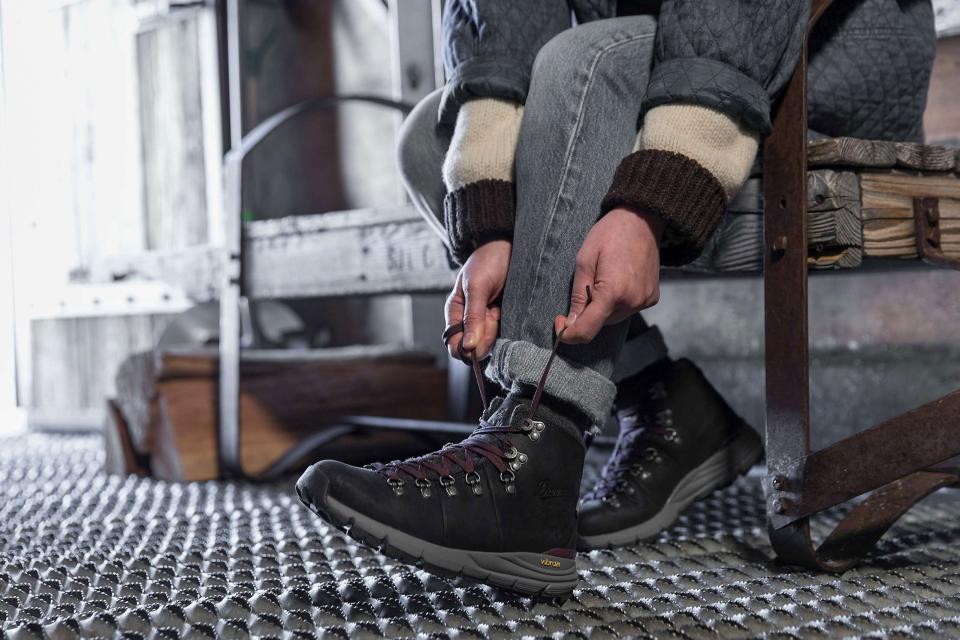
Footwear is critical. You’ll need heavy socks and sock liners, and knee-high waterproof boots for tromping over the continent of ice. LaCrosse Footwear has been making rubber boots since 1897, and has a perfect Alpha Thermal boot designed for snowy conditions, complete with insulating neoprene, fleece lining, and rubber outsole literally named an Antarctic Outsole. When you’re not out on the ice, keep your feet warm in a less intense winter boot. Danner makes a weatherized collection that will keep your toes toasty and dry and make sure you don’t slip on a wet cruise ship deck (go with the Raptor 650).
Prepare for rough seas
If you’re cruising to Antarctica from South America, you’re going to have to cross the 620-mile Drake Passage—one of the most notorious stretches of open sea on the planet. The Drake Passage is where the Pacific and Atlantic oceans meet. Crossing it (twice, round trip) might not be a big deal—just some choppy waves. Or, it can be a nightmare. Kredel once had a freak 90-foot rogue wave crash into his ship, rendering it without power. Prepare for rough seas ahead of time by stocking up on motion sickness medicine like Avomine. That’s about all you can do, to be honest.
What you’re going to see down there
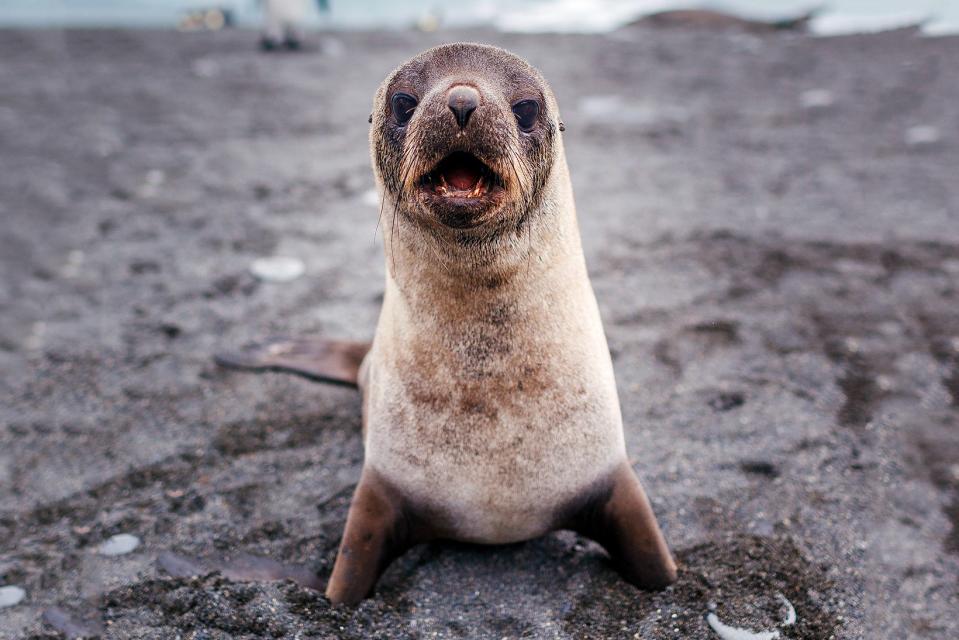
922688238
David Merron/Getty ImagesBecause Antarctica is a continent of extremes (extreme weather that changes extremely quickly, and extremely rare wildlife), you’ll need to be flexible. No one can predict how much time you’ll get on land, or what you’ll see when you get there. With luck on your side, you’ll likely see humpback whales, orcas, a handful of seal species. Plus about a million penguins. No matter how cute you think the chinstrap, gentoo, or rockhopper penguins are, YOU MUST ABSOLUTELY NOT TOUCH THEM. “One piece of environmental law is very important to keep in mind,” says West. “It is not permissible to disturb the wildlife in any way. Take pictures and observe them to your heart’s content. But if your behavior—approaching them, for example, affects theirs, you are too close and, potentially, in violation of federal law.”
Wildlife aside, the landscape and the water around it is mesmerizingly beautiful. You will stand as frozen as the ice beneath you, staring into the infinite white abyss. “In the air, ‘diamond dust,’” West says of the tiny, glittering ice crystals suspended about you. In the sea, deep navy water is cut by white and neon blue glaciers. There is no trash, no cell phone towers, no McDonalds. Just otherworldly nature in its purest form. You will leave Antarctica and never be the same.
